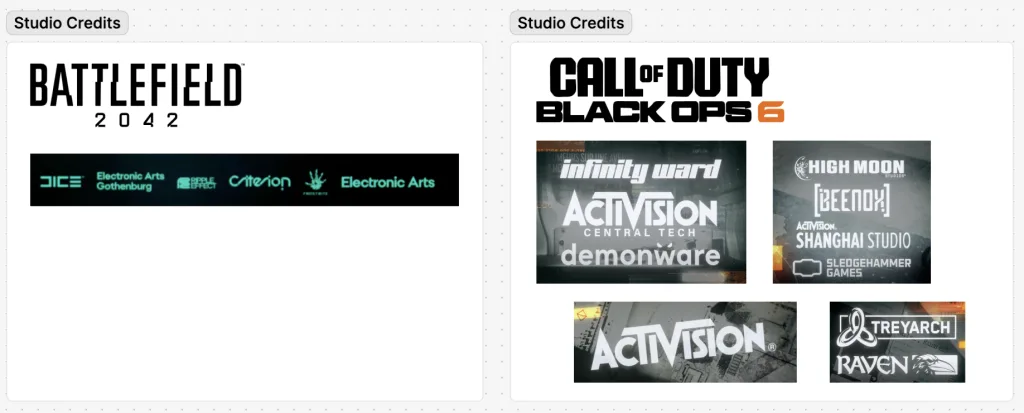The Tiny Big Battlefield 6 Bet
Battlefield 6 (BF6) is rumbling, and suddenly, all of EA’s hopes & dreams seem to rest on returning the franchise to its former glory (Apex’s story is for another day).
Its share price is trading at near all-time highs despite flat quarterly earnings. And now, Call of Duty (CoD) looks weakest: not so much as a whisper for an annual franchise built on top of a marketing war machine. While heated early 2000s debates emerged between CoD and BF fans, CoD ultimately emerged victorious, for whatever that means. However, the one time BF won was when CoD was at its weakest (Advanced Warfare) and BF was at its strongest (Battlefield One). There’s a very real possibility that history will repeat itself here.
While it may seem like returning BF to its former glory is an eternal mission, not a recent one, EA has finally made the necessary investment in the studio ecosystem (see “Battlefield Studios” branding). Bobby Kotick’s most profitable improvement was to set up a series of cascading CoD studios to reach annual releases. Each studio would have a three-year development cycle, while still adhering to the annual release cycle. It was a brilliant strategy, and EA briefly flirted with a frail imitation in BF: Hardline. Again, nowhere near the resources of CoD.
BF has struggled to adapt to the modern live service climate, which anyone close to the franchise, including someone who worked there myself, would be the first to admit. However, EA has admitted wearing the studio thin, internally acknowledging the burnout and tech debt. Over 3 years, DICE shipped:
- Star Wars Battlefront 1
- Mirror’s Edge Catalyst
- BF 1
- Star Wars Battlefront 2
- BF V
On a profit per headcount basis, DICE must have neared the AAA HD equivalent of Supercell (is that an oxymoron?). While it received support and studio help on nearly all these projects, it falls short in comparison to the sheer size of CoD’s operations. Simply compare the two start screens, and find eight studio logos in CoD: BO6, and four in Battlefield 2042.

While it may seem like pouring hundreds of millions of dollars of additional investment into a fading franchise is risky (rumors swirl the game’s cost exceeds $500M), the capital is a risk minimizer. This is what it takes to win in gaming’s number one genre, while the fruits of success outweigh the costs! Activision and King were built on singular franchises. EA must absorb the cost and minimize operational risk as much as possible.
It pains my heart to see the brain trust of Battlefield move away from Sweden to California, especially since this is the franchise that helped build the Swedish games industry, but the decision is understandable. I vaguely recall a Swedish games industry report mentioning that something like 30% of all Swedish game development was concentrated in a couple of square blocks of DICE’s office. It’s certainly not over for DICE, but it’s increasingly looking like a supply chain member rather than an organizer.